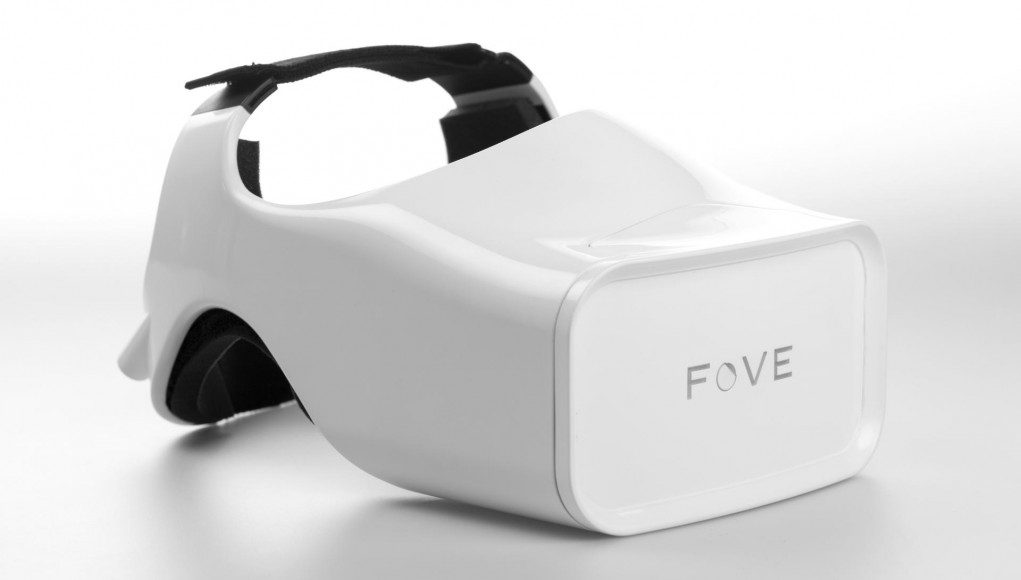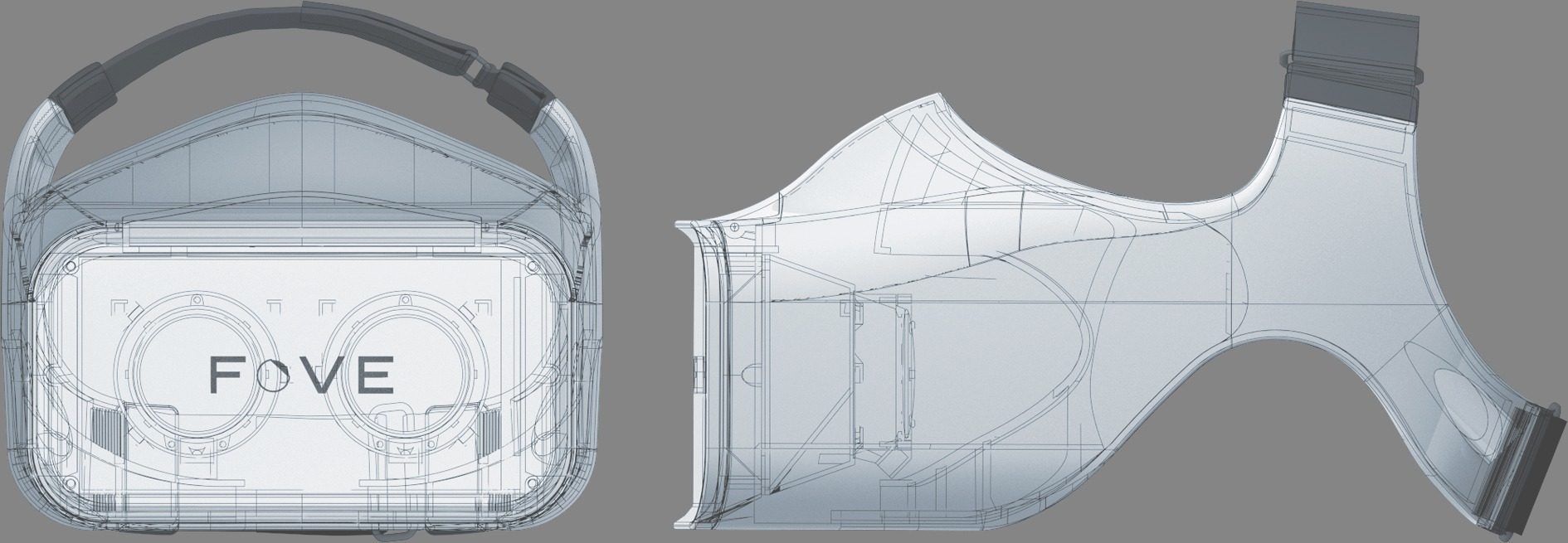FOVE’s Kickstarter campaign to bring the first VR headset with eye-tracking to market at a consumer price-point is coming to a close in less than 24 hours. Potential backers take note: Lighthouse ‘room scale’ tracking is coming.
FOVE, the eye-tracking VR headset, has been around the block once or twice. We’ve had our hands on prototypes as far back as Engadget Expand 2014, where even with the housing still made of foam we considered the device a potential game changer. Going from expo to convention, and stopping on its way to help disabled children to play the piano with only their eyes, FOVE has proven to be the right idea, the right implementation—and beginning with their Kickstarter campaign—at the right price for many like-minded backers.
Hopes are high that Japan-based VR headset, named after the fovea, can usher in a wave of competition that not only support gaze-based interactions (like shooting a laser with a simple look of the eyes), but also simulated depth-of-field, foveated rendering, and avatar eye-mapping for more realistic interactions in social VR.
See Also: Hands-on: FOVE’s Eye-tracking VR Headset Was the Next Best at CES
![]() After quickly blowing past the campaign’s original funding goal of $250,000, a feat done in just the first 4 days, the team behind FOVE beckoned would-be crowdfunders with the allure of some pretty enticing stretch goals.
After quickly blowing past the campaign’s original funding goal of $250,000, a feat done in just the first 4 days, the team behind FOVE beckoned would-be crowdfunders with the allure of some pretty enticing stretch goals.
The $500,000 mark promised the inclusion of a mini-game that would have backers playing a gaze-based game right out of the box, and with 600k seeing something called ‘Advanced Gaze Analysis’—but by far the greatest stretch goal wafted underneath our noses was the integration of the Lighthouse ‘room scale’ tracking solution via the OpenVR api suite. And regardless of whether the campaign reaches the Lighthouse stretch goal of $700,000, it’s coming stock with the headset.
FOVE Kickstarter Campaign
Serendipitously guaranteed by funds from Samsung Ventures, the investment arm of South Korean mega-brand, Fove has also said that the cash injection (of a yet undetermined amount) will not only provide the resources for Lighthouse integration, but also “additional capital and technical support to enhance the completion of [their] hardware production.”
Here’s a quick look at FOVE’s spec sheet:
- 400g weight (Projected)
- 5.7 inch display (14.7 cm)
- WQHD (2560 x 1440)
- 100+ degrees FOV
- 60 fps (90 fps projected)
- Two small form-factor infrared eye tracking systems
- Eye Tracking Accuracy: <0.2 degree (projected)
- 120 fps per eye
The Lighthouse base stations and controllers will be sold separately from the headset bundle, possibly so backers don’t have to pull out their wallets once more to make up the difference in new funding tiers. There’s no word yet on how Lighthouse will change the ascetics of FOVE, but we don’t really care anyways.
FOVE’s campaign ends at 4:00pm Japanese time on July 4th, so we wish the team a happy post-campaign celebration and good luck on delivering the first of its kind to consumers around the globe.
Disclosure: At the time of publishing, FOVE is running advertisements on Road to VR








